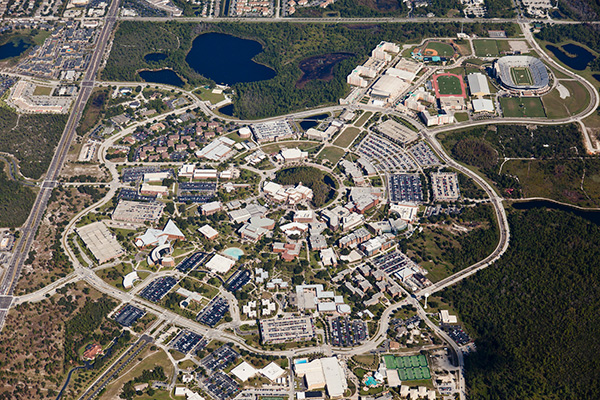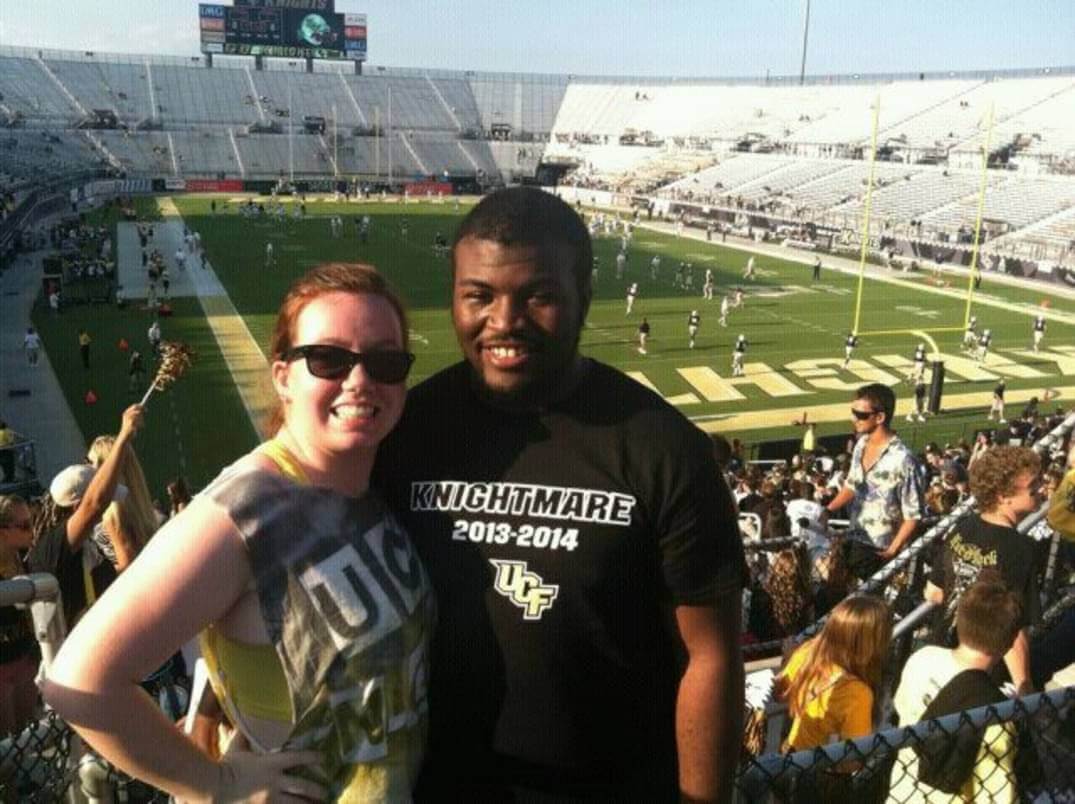Picking Up STEAM: Sara Wertanen ’17 ’20MSEM Launches Engineering Career
Above, Sara Wertanen ’17 ’20MSEM stands next to “Violet,” a component of Oceaneering’s Revolution Tru-Trackless Ride Vehicle System. Wertanen works to ensure that numberous complex design requirements and safety components are implemented for Violet and other elements of theme park ride systems locally and worldwide.
Sara Wertanen ’17 ’20MSEM worked in transit system safety after graduating from UCF, but it appears that she has yet to “pump the brakes” on her own rapidly ascending career.
Wertanen was born in Wisconsin and grew up in Lake County where she excelled in, well, pretty much everything she attempted. She was the salutatorian of her high school graduation class, and because of dual enrollment, she earned her associate degree before graduation.
“From a young age, science and mathematics always came easy for me,” Wertanen says. “I had a little dyslexia, but I also had great teachers who helped me along the way.”
She is also a classically trained dancer and musician; she began playing the piano in 2003, and along the way, picked up the flute, piccolo, alto flute, Keytar, bass guitar, and most recently, cajon. Before she became an engineer, she regularly won awards for her musical ability.
Wertanen is currently a systems engineer in the Themed Entertainment division of Oceaneering, a global engineering firm operating in 24 countries with more than 10,000 employees.
In Wertanen’s division, clients in the theme park market reach out to her team to develop “dynamic, industry-leading guest experiences” that include entertainment ride systems and autonomous transport systems.
Because of nondisclosure agreements, Wertanen is not able to publicly discuss specific Oceaneering clients.
But on its website, Wertanen’s division alludes to a theme park’s problem with some six-ton animated sharks that were not providing the level of entertainment that they should. The attraction kept breaking down, leaving canceled shows and disappointed visitors in its wake.
The park reached out to Oceaneering, which had a successful history of designing and operating the “world’s premier fleet of underwater robotic machines.” They solved the theme park’s shark problem and went on to develop their themed entertainment engineering division.
Although Wertanen loves theme parks, she didn’t believe that her education could directly transfer to the themed entertainment engineering industry.
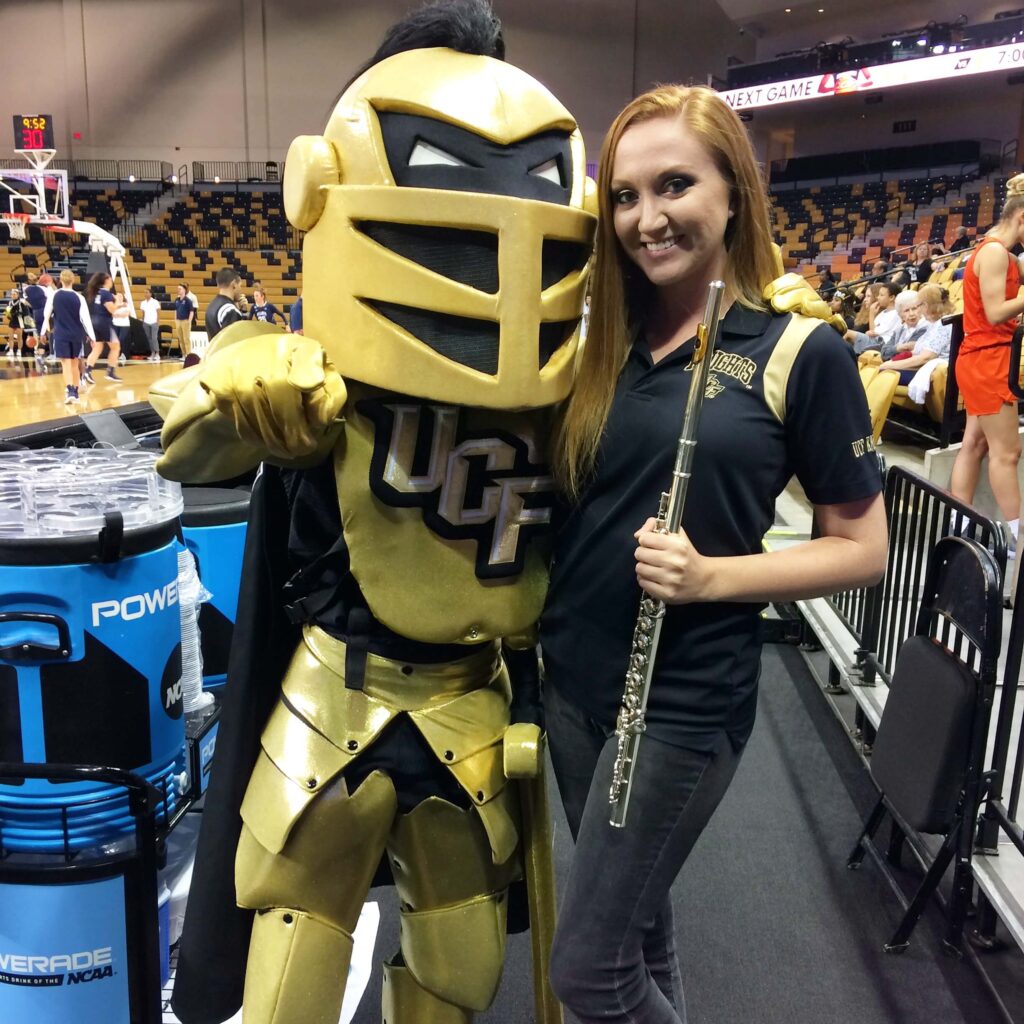 After she graduated from high school, she wanted to study environmental science. She thought, perhaps, that the grass would be greener in Oregon, where she found a curriculum she thought she’d like.
After she graduated from high school, she wanted to study environmental science. She thought, perhaps, that the grass would be greener in Oregon, where she found a curriculum she thought she’d like.
She picked up some credits in volcanology and seismology, as well as some courses in Scandinavian film, literature, and language.
The experience left Wertanen wanting more, so she came back to Central Florida.
“Coming back to UCF was the greatest decision I ever made,” Wertanen says.
UCF did not have an environmental science degree program per se, but they had an environmental engineering program.
“I thought, sure, why not?” Wertanen says.
A first-generation college student, Wertanen worked at Starbucks during her undergraduate studies, taking two or three classes each semester. Wertanen holds a dual citizenship with Finland, by virtue of her father’s side of the family. She was able to receive a few scholarships from the US-based Finnish-American Society.
Wertanen became interested in transit systems while in her undergraduate program, and was the lead author on “Evaluating Wrong-way Driving Characteristics, Countermeasures, and Alert Dissemination Methods through Driver and Law Enforcement Surveys.” (Below, Wertanen presents findings from the study at a 2018 conference in Washington, DC)
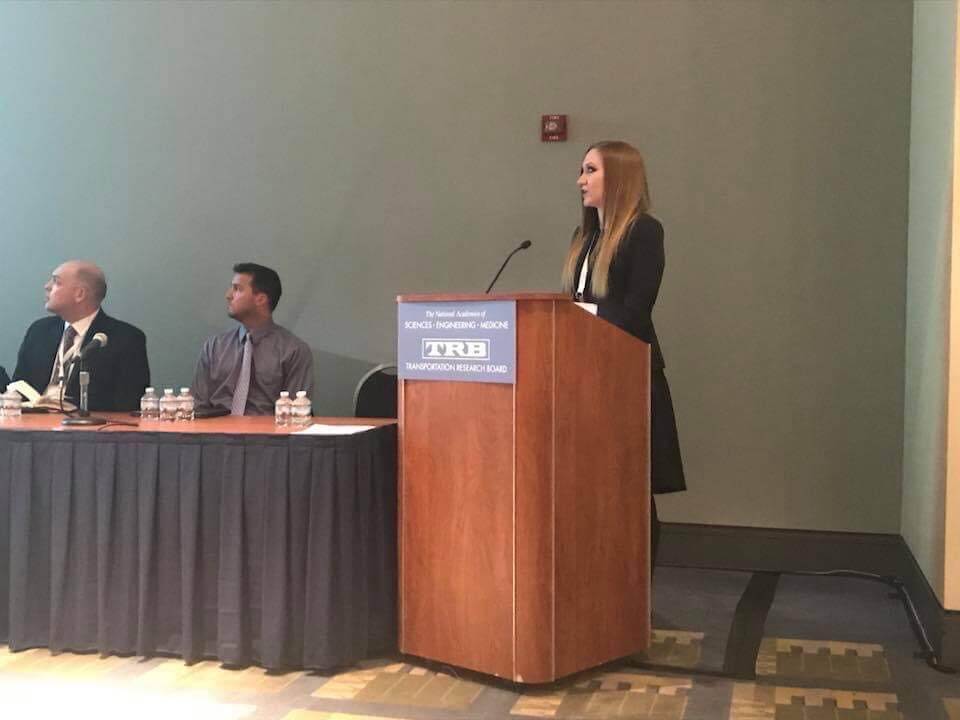
The problem of wrong-way driving has been under scrutiny by the Florida Department of Transportation for more than five decades. Between 2009 and 2013, authorities reported 6,300 wrong-way crashes, with 18 percent of them causing fatalities.
FDOT has installed various mitigation devices on exit ramps to deter or avert a wrong-way driver. For example, if a wrong-way driver enters an exit ramp, flashing lights alert the driver that they are going the wrong way. Dynamic message signs are located on highways to alert drivers to closed lanes ahead, missing children, stopped traffic and other traffic-related events.
Unfortunately, impaired drivers often ignore that flashing lights, and continue on their way to a tragic destination.
Wertanen’s team researched the possibility of using a navigation system such as Waze to aid in the reporting of wrong-way drivers.
“Our team wanted to determine the fastest possible way to tell the other drivers that someone is going the wrong way,” Wertanen says. “We surveyed 900 toll-road drivers and found that they rely on navigation devices, apps, or both significantly more than the illuminated dynamic message signs that are posted along the toll roads.”
The Waze app awards points based on the number of miles the user has driven with the app, or when the user reports an incident on the road (a disabled vehicle, for example). The users can ascend through various levels of “royalty.”
Wertanen is a big fan of Waze. In fact, for a while, she wanted to become a “King Wazer,” and tried to accrue as many points as possible. She and the rest of her team thought it would be interesting to ask the drivers in their survey if they would consider using an app to report a wrong-way driver. The information could then be relayed to the appropriate agencies, like Florida Highway Patrol, who would then initiate their systems and plan their response.
“Our results were very favorable that the drivers would report a wrong-way driver in an app,” Wertanen says.
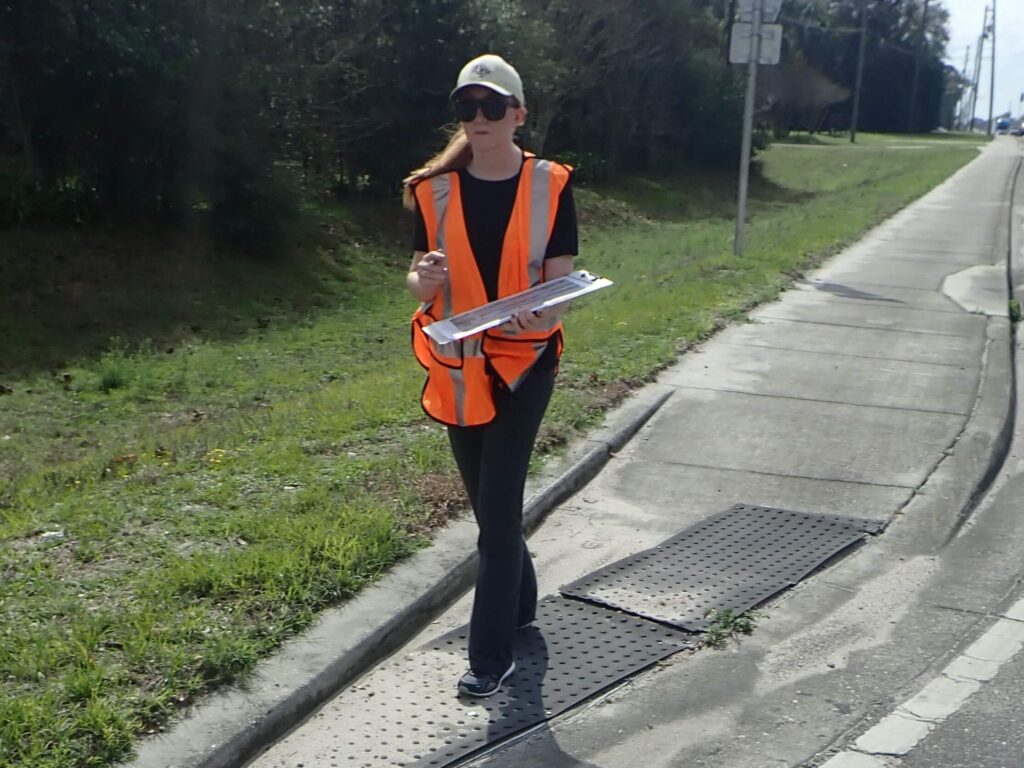
In 2018, Wertanen went on to present the results and analysis from her team’s project at the Transportation Research Board National Convention in Washington, DC.
After graduation, Wertanen accepted a position with HNTB Corporation in Lake Mary as a general engineering consultant, and then transitioned to working in transit system safety and security. This led to a deep understanding and love of Systems Engineering and ultimately provided a way to transfer to the themed entertainment engineering industry.
“UCF taught me how to network, and helped me get my first job,” Wertanen says. (Below, Vertanen at her first job with HNTB Corp)
In addition to solving the aforementioned shark problem, Wertanen’s division also recently partnered with the Greater Orlando Aviation Authority in a pilot program for six specially designed vehicles to assist with passenger transportation. The goal of the pilot program is to eventually shift the vehicles into autonomous operation.
As a systems engineer, Wertanen’s priority when it comes to theme park rides, autonomous vehicles, or any other project under her purview is always, “Safety first.”
The process of designing a theme park ride from conception to execution can be fraught, Wertanen says. Her main area of responsibility is for the “implementation of advanced Systems Engineering principles throughout the lifecycle of project for themed entertainment applications.”
In 2013, Wertanen’s division received the Thea Award for Transformers: The Ride 3D. The Themed Entertainment Association is the “international nonprofit association representing the world’s leading creators, developers, designers and producers of compelling places and experiences – worldwide,” according to its website.
Naturally, Transformers is one of Wertanen’s favorite rides. Her division is also working on bringing to life Jumanji – The Adventure at Gardaland in Italy.
“We make sure that control systems are in place, that safety-related aspects are covered, and of course, making sure that our work adheres to ASTM and other applicable industry standards.”
At Oceaneering’s campus in Orlando, Wertanen and her team conduct testing of multiple vehicles, using a variety of testing plans and conditions to make sure their clients are getting what they need.
“As a systems engineer, every day is kind of a research project,” Wertanen says. She credits the research training that she received as UCF as one of the best preparations for the work she is doing today.
“UCF provided me with great transferable skills that are an asset to any field,” she says.
And her career allows her the opportunity to also work on her hobbies. One of her current passions is symphonic metal music where she produced her own album and developed her own web site.
“I have a lot of interests and I like to do all the things,” Wertanen laughed.
When Wertanen heard that she had been selected for a UCF spotlight, she said she was so excited.
“I loved my time at UCF,” Wertanen says. “It was such a great experience for me, and while pursuing an education in STEM is difficult, it’s important to believe in yourself and have the determination to keep with it. Once you complete your education and enter your career, everything will be worth it and then some. Keep Charging On!”
